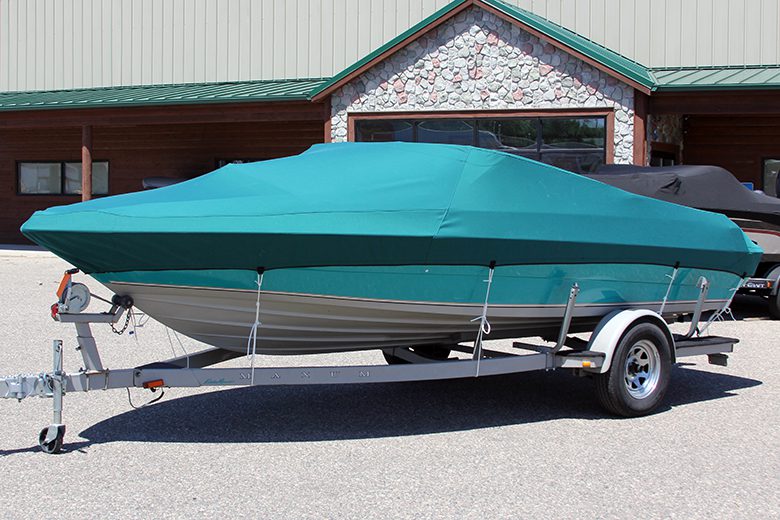Sailing was once a long and arduous activity, with sailors often spending weeks or even months at sea in cramped, uncomfortable conditions. One of the things that helped to make it more bearable were hammocks, which both provided the sailors with a comfortable place to sleep and kept them warm on the cold nights. In this article, we’ll take a look at how sailors stayed warm in hammocks while sailing and what other benefits they provided.
How did sailors stay warm in hammocks while sailing?
1.Keeping Warm and Out of the Weather
2.Building Up Body Heat
3.Getting Into the Swing of Things
Hammocks: Keeping Warm and Out of the Weather
The first benefit of hammocks was that they served as a way for sailors to stay out of the weather. Hammocks were hung in the interior of the ship, away from the elements and the cold winds of the open ocean. They allowed sailors to sleep inside the ship’s hull, which would provide some natural warmth and protection from the elements. On chilly nights, sailors would also sometimes sleep with extra blankets or clothing to help keep them warm.
Building Up Body Heat
Hammocks were also used to help build up body heat and keep a sailor warm. The hammock was designed to hold a sailor tight against the ship’s hull, with their body heat helping to protect them against the cold. Additionally, hammocks also allowed for more of the sailor’s body to be covered, which would help keep them warmer. The hammock was designed to fit snugly against the ship’s hull, so that more of the sailor’s body was covered and therefore kept warm.
Getting Into the Swing of Things
The tight fit of the hammock also served another purpose: it allowed sailors to use their own body movements to help stay warm. By swinging in the hammock and making themselves jiggle, sailors could generate body heat to keep warm in cold temperatures. This is still a popular activity among sailors today, and is known as “swinging in the hammock.”
Other Benefits of the Hammock
Beyond keeping warm, hammocks also provided multiple other benefits for sailors. Hammocks provided a convenient way to sleep while on long voyages, with the hammock acting as a comfortable place to sleep and rest. This was especially beneficial during rough weather, when sailors were unable to sleep in their bunk beds due to the pitching and rolling of the ship. Hammocks were also easy to set up and take down, and allowed sailors to move around freely while still remaining comfortable.
Why did sailors stop sleeping in hammocks?
In the beginning, sailors enjoyed sleeping in a hammock as it provided shock absorption for sleeping on the rocking decks and a unique cocoon environment. However, as ships became more sophisticated, sailing vessels began to incorporate constructed bunks beneath deck.
The primary reason why a sailor would move from a hammock to a bunk was space. As ships became larger, and their crews expanded, hammocks were no longer feasible. They simply took up too much room as they had to be rigged in a crisscross pattern. Bunks provided more space, allowing sailors to fit more people comfortably aboard ship.
Additionally, hammocks could be uncomfortable, especially in bad weather. Rain and rough waves could lead to a wet and soggy bed, causing illness and discomfort for the sailor. Bunks were able to provide a much more secure shelter from bad weather, and gave sailors a more consistent sleeping experience.
Finally, hammocks could be dangerous in certain weather and during battle. They had the tendency to roll up the body and throw the sailor, which was incredibly dangerous if arms were crossed or when dealing with cannon fire. This added risk was a major factor in why sailors stopped using hammocks in favour of bunks.
How did passengers keep warm on sail ships?
Passengers on sailing ships needed to keep warm when temperatures dropped. One way was to bundle up in layers of clothing. Passengers also used hats, scarves, gloves, and blankets to help keep them insulated from the cold, wet conditions. Hot beverages like tea, coffee, and chocolate were also a great way to stay warm while on board. Passengers also used a variety of hot water bottles or hot stones wrapped in cloth to keep them and their beds warm throughout the night. At times, passengers huddled close together and used each other’s body heat to keep them from freezing. They often lit burning tar, straw, or paper to ward off the cold. Most sailing ships also used a variety of fireplaces, torches, and braziers to keep all passengers warm.
Where did sailors sleep on old ships?
Sailors would sleep in an area referred to as the berth deck. This was typically at the bottom of the ship, usually in the area surrounding the main mast. The berth deck was a long, narrow, and often hot and humid space. It was configured with long wooden planks that served as beds for the sailors and usually had a canvas or hammock stretched along the top for additional sleeping space. To accommodate the large number of people, the beds were close together with barriers between them for privacy. To make sleeping easier, a hammock or straw pad was sometimes placed on the planks. Despite the cramped and uncomfortable conditions in this area, it was the sailor’s home while out on the open sea.
Related posts:
Drag effect of freewheeling fixed prop
Conclusion
Hammocks weren’t just a way for sailors to stay warm on cold nights at sea – they provided numerous other benefits, too. By keeping sailors out of the weather, trapping in body heat, and providing a comfortable place to sleep, hammocks helped make life much more bearable for sailors on long voyages. Today, hammocks are a much-loved item among sailors and still provide many of the same benefits they did centuries ago.



